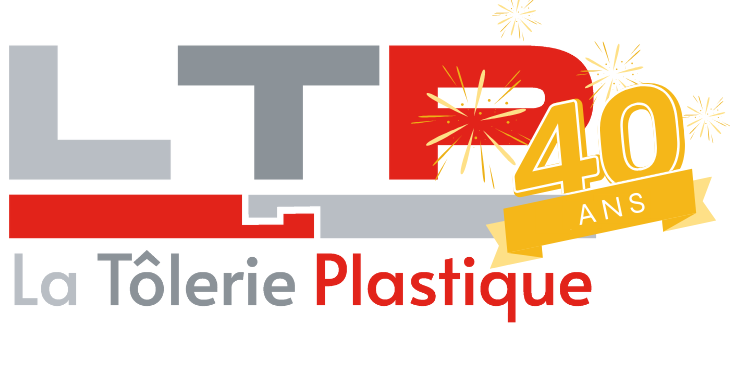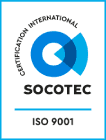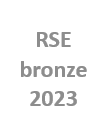Extrusion and wire deposition ( FDM, FFF)
Fused deposition modelling or Fused Filament Fabrication is a 3D printing technology. This technology consists of depositing material in layers. The technology uses a filament of polymer material that is melted and then extruded to build a part layer by layer. (Source : Wikipédia)
Resin and light-curing ( SLA, DLP)
DLP (Digital Light Processing) is a 3D printing technique that uses a homonymous projector to fix the photopolymers. Very similar to SLA, this process differs in that it uses a light bulb instead of a UV laser beam. ... Objects printed by this process therefore have the same characteristics. (Source : www.sculpteao.com)
Powder sintering and melting ( SLS, SLM)
Selective laser sintering (SLS) is a rapid prototyping technique using selective laser sintering without a liquid phase. (Source: Wikipedia)
Material spraying (Jetting)
Binder Jetting technology, also known as Inkjet Powder Printing, is a process that uses a binding agent deposited locally on a thin layer of powder, layer by layer, according to the 3D model.


